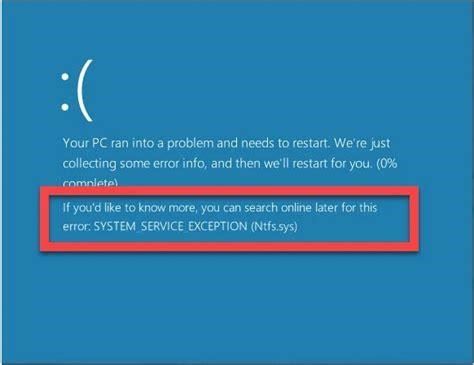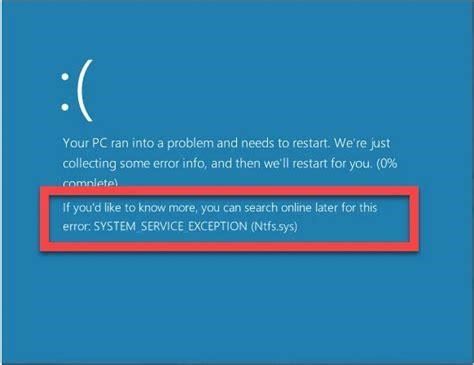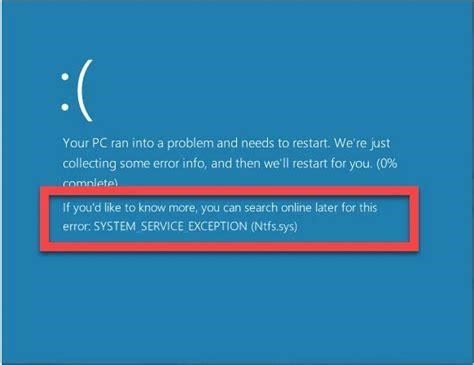Navigating Between SMBv1 and SMBv2/SMBv3 Devices on Windows
The Server Message Block (SMB) protocol allows Windows devices to share files, printers, and other resources over a network. However, SMB has gone through several versions over the years, which can cause compatibility issues when connecting older and newer devices. Specifically, the outdated SMB version 1 (SMBv1) is still used by legacy systems like Windows XP, while modern versions like Windows 10 rely on the more secure SMBv2 and SMBv3.
Attempting to connect an SMBv1 device to one using SMBv2/v3 often results in errors about unsupported or unsafe protocols. In this post, we’ll explore solutions for accessing SMBv1 resources from SMBv2/v3 devices on Windows.
The Risks of Using SMBv1
Before we look at workarounds, it’s important to understand the risks of enabling SMBv1 on modern systems. SMBv1 is rife with vulnerabilities and lacks encryption, making it an attractive target for cyber attacks. Threats include:
Does Windows 10 support SMB v2 v3?
However, older Windows versions and many apps running on Android and Linux do not support recent versions of SMB, making it impossible to network Windows PC with such devices if only SMB v2/v3 are enabled. SMB1 is disabled by default starting in Windows 10 version 1709 “Fall Creators Update”.
How do I enable or disable SMB protocols on an SMB server?
To enable or disable SMB protocols on an SMB Server that is running Windows 7, Windows Server 2008 R2, Windows Vista, or Windows Server 2008, use Windows PowerShell or Registry Editor. This method requires PowerShell 2.0 or later. Default configuration = Enabled (No registry named value is created), so no SMB1 value will be returned
- Remote code execution – hackers can run malware remotely.
- Malware propagation – SMBv1 allows malware to spread through the network.
- Data theft – lack of encryption allows interception of sensitive data.
- Network instability – SMBv1 can degrade performance.
For these reasons, Microsoft officially deprecated SMBv1 with Windows 10 and Windows Server 2016. Though still possible to enable, doing so is strongly discouraged. Consider upgrading SMBv1 devices if possible.
Accessing SMBv1 Shares from Windows 10
If you must connect SMBv1 and SMBv2/3 devices, there are a few options:
Enable SMB1 Manually
- Open Control Panel > Programs > Turn Windows Features On/Off
- Check "SMB 1.0/CIFS File Sharing Support"
- Click OK and reboot
This allows an SMBv2/3 system to connect with SMBv1 resources. However, it also exposes your system to any vulnerabilities in SMBv1. Only enable as a temporary measure with proper network precautions.
Upgrade the SMB Server
Ideally, outdated SMBv1 servers should be updated to SMBv2 or SMBv3. This provides full compatibility with modern Windows versions without added risks. Check with your server OS and hardware vendor about supported SMB versions.
How do I enable or disable SMB v2 in Windows 8?
In the Windows Features box, scroll down the list, clear the check box for SMB 1.0/CIFS File Sharing Support and select OK. After Windows applies the change, on the confirmation page, select Restart now. When you enable or disable SMBv2 in Windows 8 or Windows Server 2012, SMBv3 is also enabled or disabled.
How do I set a minimum and maximum version of SMB?
Computer Configuration \ Administrative Templates \ Network \ Lanman Workstation\ Mandate the minimum version of SMB Computer Configuration \ Administrative Templates \ Network \ Lanman Workstation \ Mandate the Maximum version of SMB Select the minimum and maximum version of the dialects using a dropdown menu when the policy is enabled.
Should I disable or remove SMBv1?
While disabling or removing SMBv1 might cause some compatibility issues with old computers or software, SMBv1 has significant security vulnerabilities, and we strongly encourage you not to use it. SMB 1.0 isn’t installed by default in any edition of Windows 11 or Windows Server 2019 and later.
For home networks, replacing aging PCs and devices with newer ones can phase out SMBv1 use over time.
Use Third-Party Tools
Utilities like WinFsp can add SMB1 support to Windows 10 while limiting associated vulnerabilities. This requires installing additional software but can be safer than enabling SMB1 directly.
Access SMBv1 Shares Through Another Device
A workaround is to access the SMBv1 system through an intermediary device that supports both SMBv1 and SMBv2/3. For example, share the SMBv1 files/printer on a separate PC still running Windows 7, which can then more securely share to the SMBv2/3 network.
Troubleshooting SMB Connection Issues
If you encounter errors when mapping network drives like "You can’t connect to the file share" or "Can’t map network drive," several steps may help:
- Confirm the SMB versions enabled on both the client and server.
- Temporarily disable firewalls and security software on both devices.
- Use telnet to check if the SMB ports (TCP 139, 445) are open.
- On Windows 10, reset the SMB client using
netsh winsock resetand reboot.
For additional troubleshooting tips, see Microsoft’s guide on resolving SMB mapping issues .
Does SMB1 work after Windows 10 20h2 upgrade?
There was no registry change or any other modification made to the system. After Win10 20H2 upgrade was installed via Windows Updates; SMB1 worked as it did before the upgrade. Thank you Microsoft. Was this reply helpful?
Which version of SMB is in use on my Network?
You can check which version of SMB is in use on your network by using Windows PowerShell Get-SMBConnection on clients and Get-SMBSession | FL on servers. SMB 3.0 was introduced in Windows Server 2012 and further enhanced in Windows Server 2012 R2 (SMB 3.02) and Windows Server 2016 (SMB 3.1.1).
How to enable SMB 1.0/cifs file sharing in Windows 10?
1. The first step is to open the Windows Control Panel. 2. Then, click on Programs and then on Enable or disable Windows features. 3. In the new window that will open, we will search and check the Support feature for SMB 1.0/CIFS File Sharing. 4. At the end, click OK.
Weighing the Tradeoffs of SMBv1 Access
In summary, connecting devices using mismatched SMB versions requires compromises around security and compatibility. Assess your specific needs and risks before deciding to re-enable SMBv1. Often, phasing out older hardware or upgrading servers offers a safer long-term solution.
For higher-risk environments like business networks, restricting SMBv1 usage should take priority. For home users with a few legacy PCs, temporary workarounds may be acceptable. In either case, take measures to isolate SMBv1 devices and monitor for suspicious activity.
Hopefully this provides some clarity on managing different SMB versions on Windows. Share your own tips and experiences in the comments below!
References
- https://learn.microsoft.com/en-us/windows-server/storage/file-server/troubleshoot/smbv1-not-installed-by-default-in-windows
- https://learn.microsoft.com/en-us/windows-server/storage/file-server/troubleshoot/detect-enable-and-disable-smbv1-v2-v3
What is Server Message Block (SMB)?
The Server Message Block (SMB) protocol is a network file sharing protocol that allows applications on a computer to read and write to files and to request services from server programs in a computer network. The SMB protocol can be used on top of its TCP/IP protocol or other network protocols.
How do I remove SMB from Windows 10?
SMB 1.0 isn’t installed by default starting in Windows Server version 1709 and Windows 10 version 1709. For instructions on removing SMB1, connect to the server with Windows Admin Center, open the Files & File Sharing extension, and then select the File shares tab to be prompted to uninstall.
Does Windows 10 require SMB 1.0?
SMB 1.0 also isn’t installed by default in Windows 10, except Home and Pro editions. We recommend that instead of reinstalling SMB 1.0, you update the SMB server that still requires it. For a list of third parties that require SMB 1.0 and their updates that remove the requirement, review the SMB1 Product Clearinghouse.




